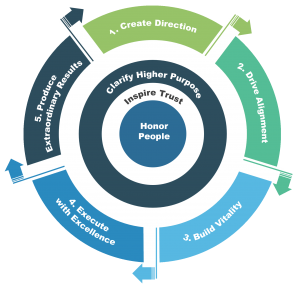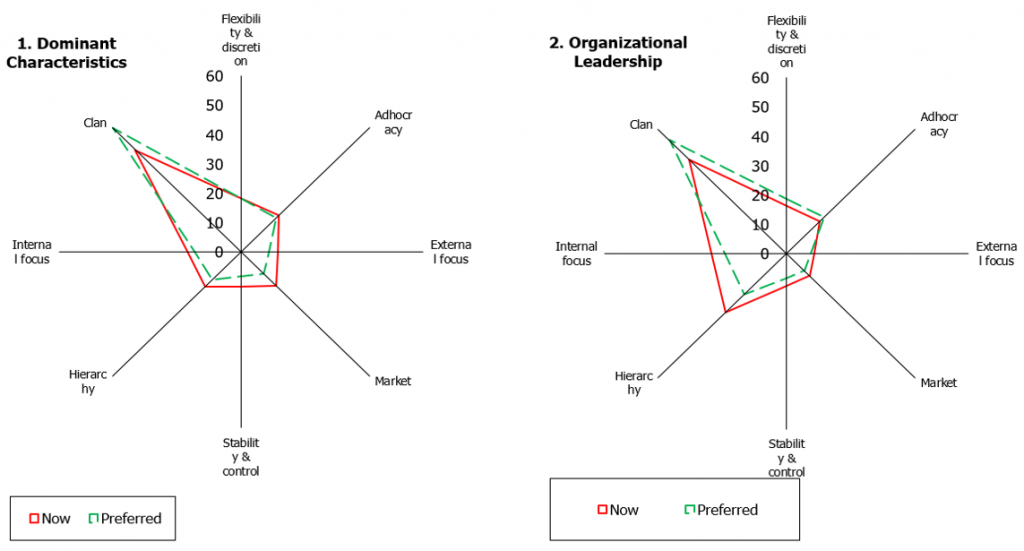In the previous post, I introduced congregational culture assessment as the starting line for the Just-in-time ministry. Please read the post here if you want to know more about your congregational culture. There I provide a way to get a FREE culture assessment. Once you have your cultural profile and your congregation, it is time to find and set the direction of the cultural transformation intervention. Once again, I must emphasize that you cannot make the cultural transformation organically. It is easier for a camel to go through the eye of a needle. It simply takes too long, considering how fast the world is culturally changing around us. I am not saying churches should become one of the emerging organizations quickly representing today’s secular culture. I am saying that churches should be equipped with such competencies to reach and make relevant and meaningful connections with people in their local communities. That is all about the congregational cultural transformation. This transformation requires organizational development intervention in the early stage to continue with intervention no more. Pastors should have a clear understanding of the nature of the intervention. It is not to manipulate to gain control over the congregation. It should focus on stimulating the process.
The first step from the starting line is to own a sense of direction for the transformation by exploring the cultural profile. Before exploring this first step with a real-case profile below, I want you to know that the just-in-time ministry (“JITM”) is process-based development and consists of a series of small loops, called RPM loops, very similar to the Conant flywheel (2019). RPM stands for radical programming for ministry. JITM develops through a continuous loop. However, it is not circling a two-dimensional path. It is instead a constant looping upward around a cone shape like this.  It is not based on a waterfall development requiring master planning, upfront investment, and high-level competencies. It is all about finding small ministry opportunities resiliently through the RPM ministry projects aiming for small results or changes in a short period, like 2-to 3 months. You might be surprised that JITM is not looking for the total makeover of your congregational cultural transformation with a fine-tuned master plan. JITM is for those churches that acknowledge such a transformation is not feasible for today’s churches. It instead aims to create momentum to mobilize stagnant churches into the following steps to stimulate development through innovation and virality effects. I will explore the radical programming methodology in another post.
It is not based on a waterfall development requiring master planning, upfront investment, and high-level competencies. It is all about finding small ministry opportunities resiliently through the RPM ministry projects aiming for small results or changes in a short period, like 2-to 3 months. You might be surprised that JITM is not looking for the total makeover of your congregational cultural transformation with a fine-tuned master plan. JITM is for those churches that acknowledge such a transformation is not feasible for today’s churches. It instead aims to create momentum to mobilize stagnant churches into the following steps to stimulate development through innovation and virality effects. I will explore the radical programming methodology in another post.
Let’s come back to the topic of creating direction for congregational development. I have a real case for a church in the suburb. The church had about 250 Sunday worship attendance before the COVID19 pandemic and recovered about 65% of it by Easter 2022. The lead pastor is in her late 50s and has been there for almost three years but couldn’t do much because of the pandemic. Her dominant culture is shown in the following diagram:
She is definitely in clan culture. Her future preference almost remains the same. She owns the characteristics of a typical clan mother. She enjoys her values of doing things together and drives long-term change with commitment and communication. She loves facilitating collaboration. The pandemic has limited her drive for congregational development, and she wasn’t sure if her leadership was a good fit for the congregation when I started coaching her. The culture assessment with about 50 lay key leaders has revealed the following:

The congregation’s dominant culture was identical to hers, and the congregation preferred clan leadership. What a perfect match! The perfect match doesn’t guarantee her ministry success, but you can expect less resistance from her congregation, even with their sense of change. The systems theory prefers not to inject unnecessary stimulus into the system that causes turbulence hindering the organization from growth and stability. It is better to move a piano inch by inch from one side of the sanctuary to the other so that the congregation never notices the change if it invokes extreme resistance. The lead pastor and the congregation are both blessed with the matching combination.

The congregation certainly desires clan-style management and bonding. Even though they strategically want to try some creative approaches in their ministries, their success criteria dominantly show the effectiveness of the clan culture, which is based on human development and high commitment. According to Kim Cameron and Robert Quinn (1999) in their book, “Diagnosing and Changing Organizational Culture,” Clan culture focuses on its members; it operates like an extended family with common goals and shared values. Leaders believe that success comes from a long-range plan and collaborative “family” effort rather than a short-term focus and internal competition.  Pastors should pay close attention to the fact that discrepancies often exist between the congregation’s strategic emphases and success criteria. People could talk about creative ministry innovation and doing things that never have been done in the past to reach more new people. That doesn’t mean they allow the pastor to ignore their success criteria. Often, it would be very paradoxical. The clan culture values flexibility, autonomy, and teamwork rather than competition or conformity. The more detailed characteristics of clan culture are shown in the following table:
Pastors should pay close attention to the fact that discrepancies often exist between the congregation’s strategic emphases and success criteria. People could talk about creative ministry innovation and doing things that never have been done in the past to reach more new people. That doesn’t mean they allow the pastor to ignore their success criteria. Often, it would be very paradoxical. The clan culture values flexibility, autonomy, and teamwork rather than competition or conformity. The more detailed characteristics of clan culture are shown in the following table:
Knowing that the lead pastor and the key leaders of the congregation operate in the same culture zone, the lead pastor would be influential while exercising her native leadership style. One of the known good ministry strategies that have been effective for the clan culture is Internal Ministry Marketing (“IMM”). The strategic direction is to build up a ministry base in the yellow zone through IMM and stimulate the congregational culture to expand and cover more green and blue cultural zones by implementing RPM projects. I will explore the IMM and the RPM in the following posts.
The current dominant culture and its level of dominance in your church would be a starting point. Explore their preferred future to set a direction of cultural transformation. I will discuss cultivating and strengthening your dominant culture through IMM since it will be your base camp for the transformation and expansion to include other cultural elements through RPM projects.






